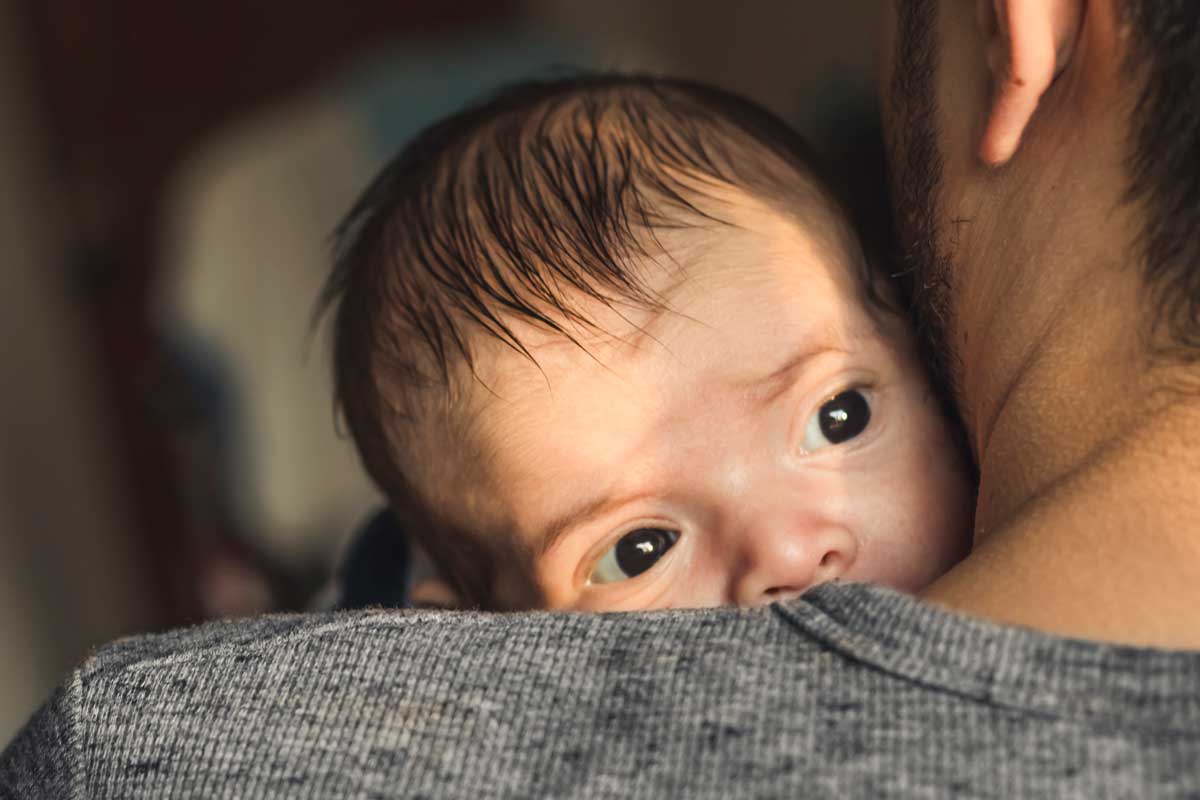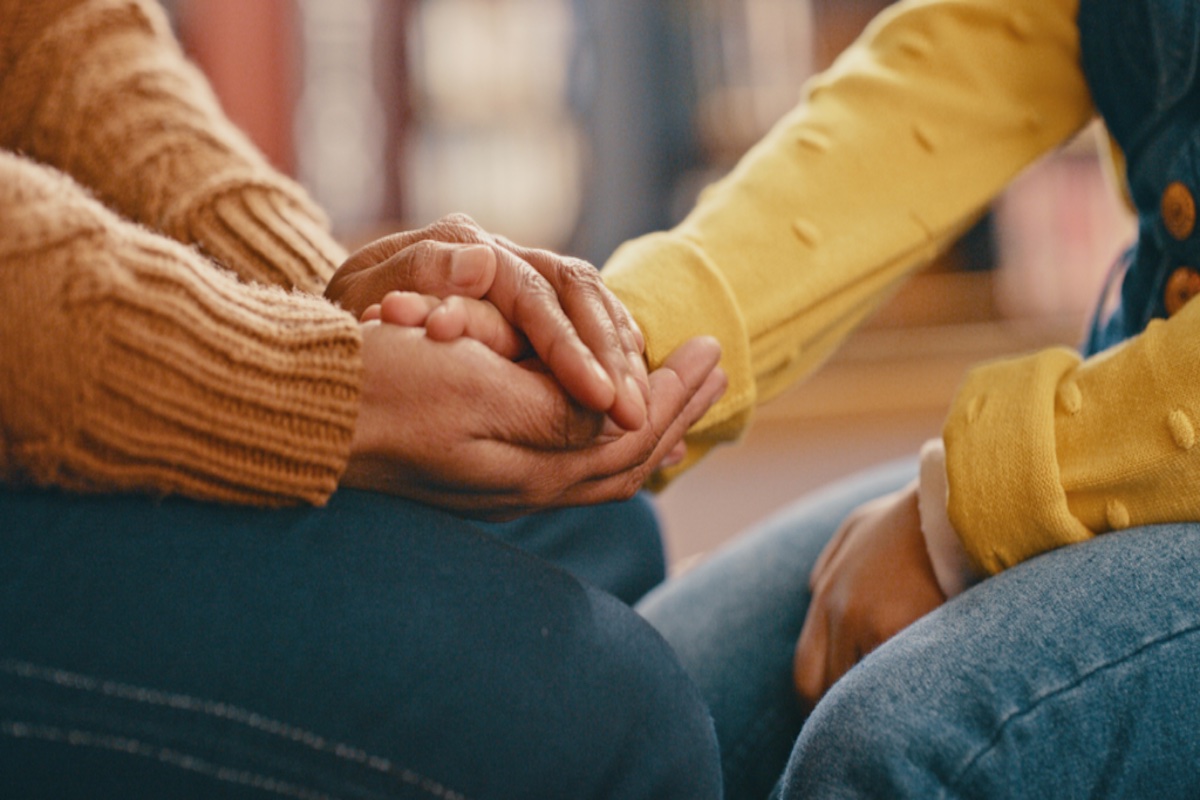Hi Emily! Is there any data on “mommy brain” being so severe it affects one’s ability to work? Ever since I had my daughter 11 months ago, I feel like I have a whole new brain. My forgetfulness and lack of memory recall is on a whole new level, and my ability to manage multiple tasks is so poor. I know “mom brain” is a real thing, but this just feels so severe. I am a nurse, and it’s taken a toll on my ability to do my job. I even left a job in an ICU for something less intensive because I couldn’t keep up anymore. Is this still within the realm of normal? Are there other moms like me out there?
—Mommy (no) Brain
There are a few layers to this answer, so let’s unpack.
First: A lot of what we sometimes call “mom brain” is, I believe, a combination of sleep deprivation and postpartum mental health. We know from an almost infinite amount of data that not getting enough sleep impacts mood and mental functioning. Being a parent is often synonymous with loss of sleep, so I think it is worth asking (in your case and others) whether chronic sleep deprivation may play a role. Similarly, postpartum depression or anxiety can manifest as trouble focusing. Before delving into anything else, I would look at your sleep and do a depression screen.
Second: There is some evidence for changes in the brain post-motherhood. A couple of years ago, early in the life of this newsletter, I did an interview with Abigail Tucker about her book Mom Genes. She talks, in the interview and more extensively in the book, about postpartum brain changes and the fact that, yes, there are systematic changes that make our postpartum attention more scattered. (She also argues that it makes us better — my favorite quote from the interview is “Rat moms are also champs at locating Froot Loops in a maze.”)
My third point: The degree of disconnect you describe is, I think, beyond what most people would report here, especially the need to change jobs. In this sense, I think it’s worth talking to someone — your primary care doctor, a psychiatrist — about what you’re experiencing.

















Log in
Hi! I’m curious to know any updates if they are available. I think I’ve been experiencing burnout due to stress and lack of sleep. It’s really effecting my ability to do my job, and I’m curious to know what, if anything, has helped the author of this question.